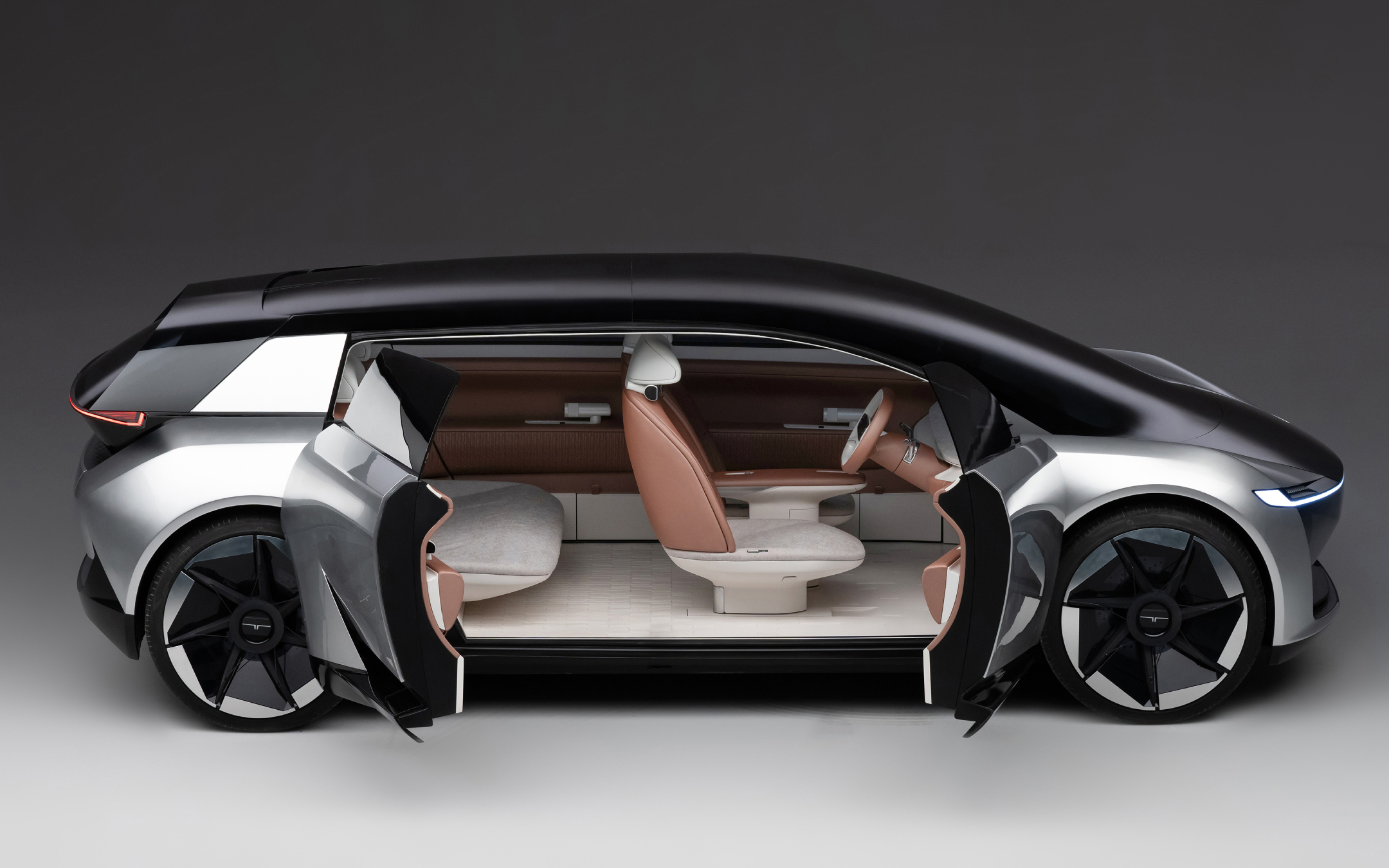Tata Passenger Electric Mobility & JLR Sign An MOU for shared use of the EMA EV Platform
The MOU between TPEM and JLR will help accelerate the development time and cost of the Avinya series of electric vehicles
 Tata Avinya Series
Tata Avinya SeriesTPEM (Tata Passenger Electric Mobility) and JLR (Jaguar Land Rover) have announced a partnership aimed at sharing the Electric Modular Architecture for the development of TPEM’s Avinya series. The cornerstone of this collaboration is the EMA platform, an innovation from JLR slated to underpin their upcoming generation of global mid-sized all-electric SUVs, set to hit the market starting in 2025. TPEM's Avinya series represents a premium line of pure electric vehicles driven by an unwavering commitment to advancing electric mobility. To facilitate this partnership, both TPEM and JLR have formally entered into a Memorandum of Understanding (MOU), for the use of the EMA platform. The EMA platform encompasses a comprehensive domain-controlled Electrical and Electronic (E&E) architecture, including Electric Drive Units (EDUs), battery assemblies, and essential manufacturing expertise. Access to this platform comes at a predetermined royalty fee.
On the occasion, Mr. Anand Kulkarni, Chief Product Officer and Head of High-Voltage Programs, Tata Passenger Electric Mobility Ltd, gave us an insight into this partnership and the use of EMA
How does this partnership benefit TPEM?
Anand Kulkarni: It accelerates the entry of TPEM into the higher-end EV segment. It helps us reduce development costs as well as the cycle time by giving access to this highly modular and advanced platform. It also accelerates the adoption of the latest generation of advanced assist technologies, autonomous, connected and software-defined vehicle technologies and therefore it helps us deliver an exceedingly premium global competitive product. Now, apart from the availability of this platform, this partnership will also enable the sharing of other engineering and sustainability-related innovations to maximize the benefits that this technology investment has across the Tata Group companies.
What does this unlock for TPEM in terms of the development of pure premium EVs?
Anand Kulkarni: Firstly, from a product and technology perspective, it enables the premium pure EV ranges to allow us to compete on the global EV stage by helping us accelerate the adoption of all of these technologies and also providing the ability to build longer range cars and faster self-charging solutions. This platform is EuroNCAP 5-star compliant, not only for the regulations of the day-to-day but also for the changes that will come up in the future. More importantly, it enables us to provide our customers with an elevated experience in terms of performance, refinement, connected solutions, and in-cabin safety and security. In terms of synergy, obviously, the joint product development helps us reduce development cycles and improves TPMS access to global solutions. We can have opportunities arising out of aligned sourcing in order to leverage the benefits of scale and location. And then in the future, with databased value-added services, this also becomes a common platform for the connected vehicle, thereby giving us added services at an optimized cost proposition. In terms of the financial benefits, as I said, leveraging economies of scale for a shared bill of materials is the first and foremost and then access to high-value tech, including the domain-based architecture, high voltage architecture, etc, with optimized upfront capex. So all of this is available to TPEM. And it also provides TPEM, the unique opportunity to optimize the industrialization investments for the premium pure EV products in India. So these are the opportunities that we see with this EMA synergy.


